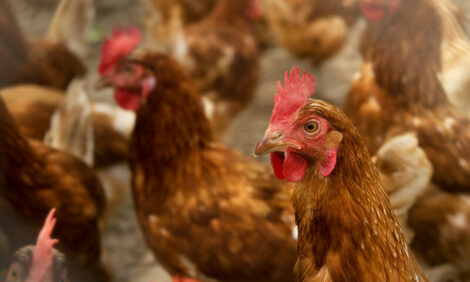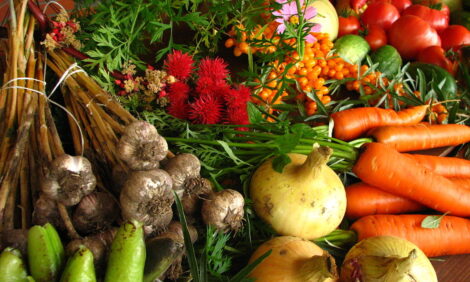



China Sees Reduced Stocks of Broilers After Avian Flu Restrictions
CHINA - China is the world’s second largest poultry market, but the latest report on the country from the US Department of Agriculture's Foreign Agricultural Service (USDA-FAS) revised down China's consumption forecast based on softening demand for white-feathered broiler meat.The report adjusted the 2016 production forecast down to 12.7 million tons, a 3 per cent decrease from previous official estimates, because HPAI outbreaks around the world have made it difficult for Chinese procedures to replenish their white-feathered broiler stocks.
China relies on imports of the grandparent stocks for white broiler meat, and the US once accounted for approximately 90 per cent of imports while France and New Zealand supplied the remaining imports.
However, in January 2015, China banned US poultry imports because of HPAI detections in the US.
China banned France for HPAI in the autumn of 2015 leaving only New Zealand and other small suppliers eligible to export to China, but the report said these smaller players have limited supply to meet China’s demand.
The FAS report said that import restrictions imposed by China on the basis of avian influenza outbreaks are inconsistent with regulations from the World Organisation for Animal Health (OIE).
To deal with reduced grandparent stocks, some Chinese operations have utilised forced-moulting to extend the breeding span of both grandparent and parent stocks of white-feathered broilers.
With the supply of grandparent stocks disrupted, the report forecasts white-feathered broiler meat production will drop 10 per cent in 2016. Yellow-feathered broiler meat production will increase but overall broiler meat production will decline.
The report revised the 2016 consumption forecast downward to 12.72 million tons, slightly below the previous USDA forecast and below last year's figures of 13.27 million tons.
The changing manufacturing structure in China, with more factories closing as a result of production moving to lower cost countries, has reduced the number of factory canteens where white-feathered broiler meat was once widely consumed by workers because of its low cost.
According to industry sources, another factor hindering white-feathered broiler meat consumption are the high fees charged for slot space by some supermarkets because white-feathered broiler breast meat is perceived to be less popular than wings, legs, and paws.
The main outlet for yellow-feathered broiler meat is wet markets. However, the government’s desire to end live bird slaughtering in wet markets as part of its efforts to enhance food safety and prevent avian influenza from spreading to humans hampers consumption.
On imports, the report raised the forecast for China's poultry imports to 400,000 tons, up from last year's figures of 270,000 tons. FAS explained this as a result of imports from South American countries increasing, especially from Brazil as more poultry plants are approved to export to China.
Meanwhile, export figures were revised down in the report, and are forecast to be level with imports, with Japan and Hong Kong the main destinations for Chinese poultry exports.











